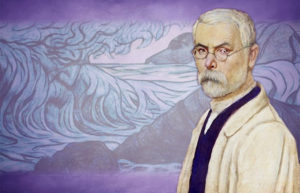
1871 - 1937
Mikhail Sapozhnikov
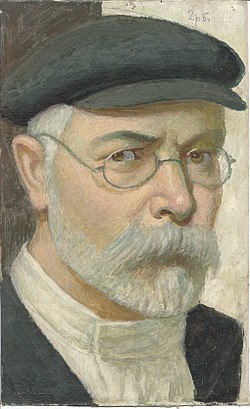
description
A Ukrainian artist of Russian descent, a master of etching and linocut.
In addition to teaching, he published the magazine “Argonauts” – he was its art editor and an author of research articles on the history of art of Symbolism. Until 1968, they the artist was little known, until his paintings were donated by the master’s son to the art museum of Dnepropetrovsk. Now he is recognized (along with Y. Mikhailov) as a truly consistent Symbolist in the history of Ukrainian art. His works are often exhibited at the National Art Museum of Ukraine and are exhibited at the “Art Arsenal” – a popular cultural and art complex in Kiev.
Key ideas:
– Mikhail Sapozhnikov created a dramatically tense environment by the ratio of the dual Symbolist structure, building the composition on reality and on the pretentiousness of images and phenomena of reality at the same time. He was convinced that the perception of symbolic works “should only be active”, so that the viewer can interpret them depending on their general cultural level and their own convictions.
– Creating pictures and parables, he freely uses images of antiquity, Christian and pagan mythologies. Almost a century later, his canvases are seen as prophecies about the present, because the strength of a symbol is its inexhaustible depth and democracy.
– Mikhail Ivanovich justifiably asserted that “under a symbolic image, the viewer puts an infinite number of individual and group, national and other meanings, receiving his own individual solutions.” However, at any rate, the meaning of life as an eternal theme for creators is revealed by Sapozhnikov through a mystical spirit; for example, in the painting “Sleeping Man” and in the cycle “The Way of Life”. This two-tier cycle of nine parts is presented as a composition depicting life on earth, where the horizon burns, the existence is under the earth, where the same shadows and ghosts dwell.
– The master created symbolic canvases in a dank and wet gamma: as if from the haze, dark and light blue and greenish-gray contours of mountain and sea panoramas, plains and forests inhabited by mysterious creatures, appear. By their style, they are close to monumental colorings.
– Sapozhnikov’s large-scale and brilliantly realized concept – 24 paintings of two series – is dedicated to revolutionary and military events. Together they represent a philosophical reflection on the fate of the motherland and even of all mankind. However, while the first series still shows some positivity of changes, in which there is a conditional hope for better, other 12 paintings are full of disbelief and condemnation of reality.
– For deeply religious Sapozhnikov, the basis of the understanding of being is the Bible; he added a quote from the Old or New Testament to each his painting. The main “key” to perception is the name for the Petersburg exhibition, given by Sapozhnikov, “A reflection of the revolution in the mirror of eternity – in Symbolism”.
– M. Sapozhnikov, who worked in various genres of fine art, created a lot of landscapes, genre paintings, pictorial portraits, the most remarkable among which is “The Portrait of Vera Kholodnaya”. The artist also tried to solve complex plastic problems in numerous graphic works – linocuts, etchings and posters.
1871
1890 - 1895
1896
1900
1905 - 1906
1907
1916 - 1917
1918
1925
1930
1937
The birth of the artist
The Saratov Society of Fine Arts sent the talented young man to St. Petersburg, to the Academy of Arts
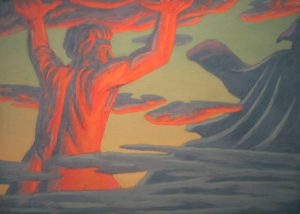
Received a referral to the Pavlograd Women's High School
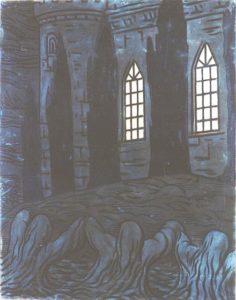
Exhibited his works at local galleries

“Got ill” with Symbolism
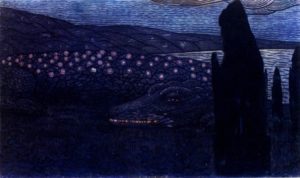
Moved to Yekaterinoslav
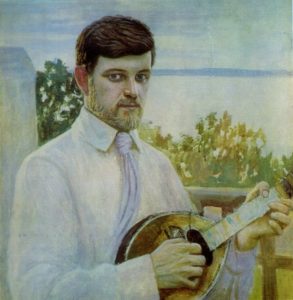
Completed his first cycle of symbolic paintings
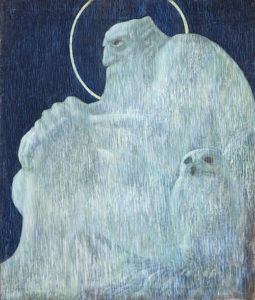
Worked at the Yekaterinoslav Art magazine “Argonauts”
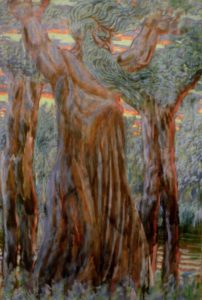
The last lifetime exhibition
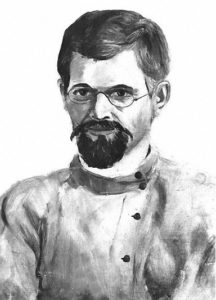
The artist bedridden because of a serious illness
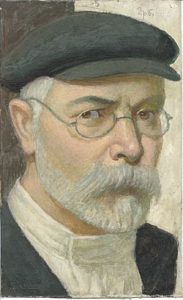
The death

